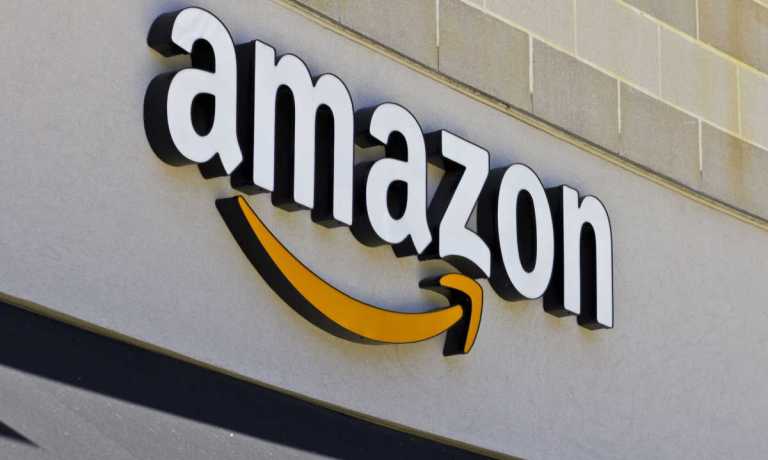Amazon’s Profit Pain Will Be Felt by Rivals and Customers

When the world’s largest eCommerce company sneezes, to bend the analogy, the retail industry catches a cold.
That concept, concerning the outbound spreading of symptoms to others around you, has never been more true as Amazon’s stock starts the new day pretty much where it was 31 months ago in the waning days of the COVID crisis in 2020 — having fallen 40% from its peak last November.
With the Seattle-based business promising to embark on a belt-tightening mission in the wake of its latest earnings shortfall, rivals ranging from Walmart to mom and pop stores have been put on notice that the coming months and quarters will be different.
“[Amazon will be] driving operational efficiency improvements and accomplishing more with less,” CFO Brian Olsavsky told analysts on the company’s Q3 earnings call Thursday (Oct. 27) afternoon while outlining a list of potential but unspecified actions the company might take to right the increasingly costly ship it has built.
While Amazon’s admission that it, too, is now feeling the pain of inflation and consumer cutbacks that just three months ago it said it had largely avoided, may seem like a sign of weakness or an opening to big omnichannel rivals like Walmart and Target, it is more likely to be taken as a warning shot, that things are about to “get real.”
In short, if you thought the retail fight was tough yesterday, wait til you see it tomorrow and next year if and when an official recession materializes — as most fear. Where the pace of rapid delivery, the rising battle over pricing and promotional activity, or even the challenge of hiring and retaining the huge amount of workers needed to power a global operation of this scale was intense before, the newly shrunken and humbled Amazon just told the world the fighting is about to get tougher.
Walmart’s Turn
To be fair, most of the global economic headwinds and foreign exchange losses that are affecting Amazon are also impacting most other multinational retailers — including Walmart, which will have to answer to investors when it reports its own third-quarter results on Nov. 15.
Ahead of that, the Arkansas-based operator of 4,700 domestic stores and an increasingly important website and social commerce portfolio, has been busy ramping up its own suite of digital solutions and sale activity aimed at giving customers fast and easy access to products they want at a low price.
For example, just yesterday, Walmart rolled out a series of digital upgrades aimed at making the online experience better at a time when customer and company alike need it most. From more rapid pay Buy Buttons appearing across its site to facilitate rapid checkout, to new innovations like digital queuing that allow customers to hold a hot in-stock item in their basket while they still shop around.
Other new seasonal initiatives are also underway at Walmart, such as its expanded partnership with Angi where it will sell you all the Christmas lights and decorations customers need to spruce up their home and have an Angi service rep bring the ladders and tools needed to safely install them.
While not likely to move the needle much in terms of holiday revenue for Walmart, it is reflective of a more customer service-minded mentality.
A similar sentiment, in terms of serving a broader and more inclusive customer base was also evident this week, as Walmart unveiled its updated and more upscale intimate apparel line called Joyspun.
“To reinvent our longstanding sleepwear and intimates brand after decades in the market, we had to think and act differently,” Denise Incandela, executive vice president, apparel and private brands, Walmart U.S., said in the company’s press release, adding that “there’s no better time than now to introduce this brand, with the current macro trends in the market… [than] these inflationary times when customers are looking for a better value,” she added.
For all PYMNTS retail coverage, subscribe to the daily Retail Newsletter.